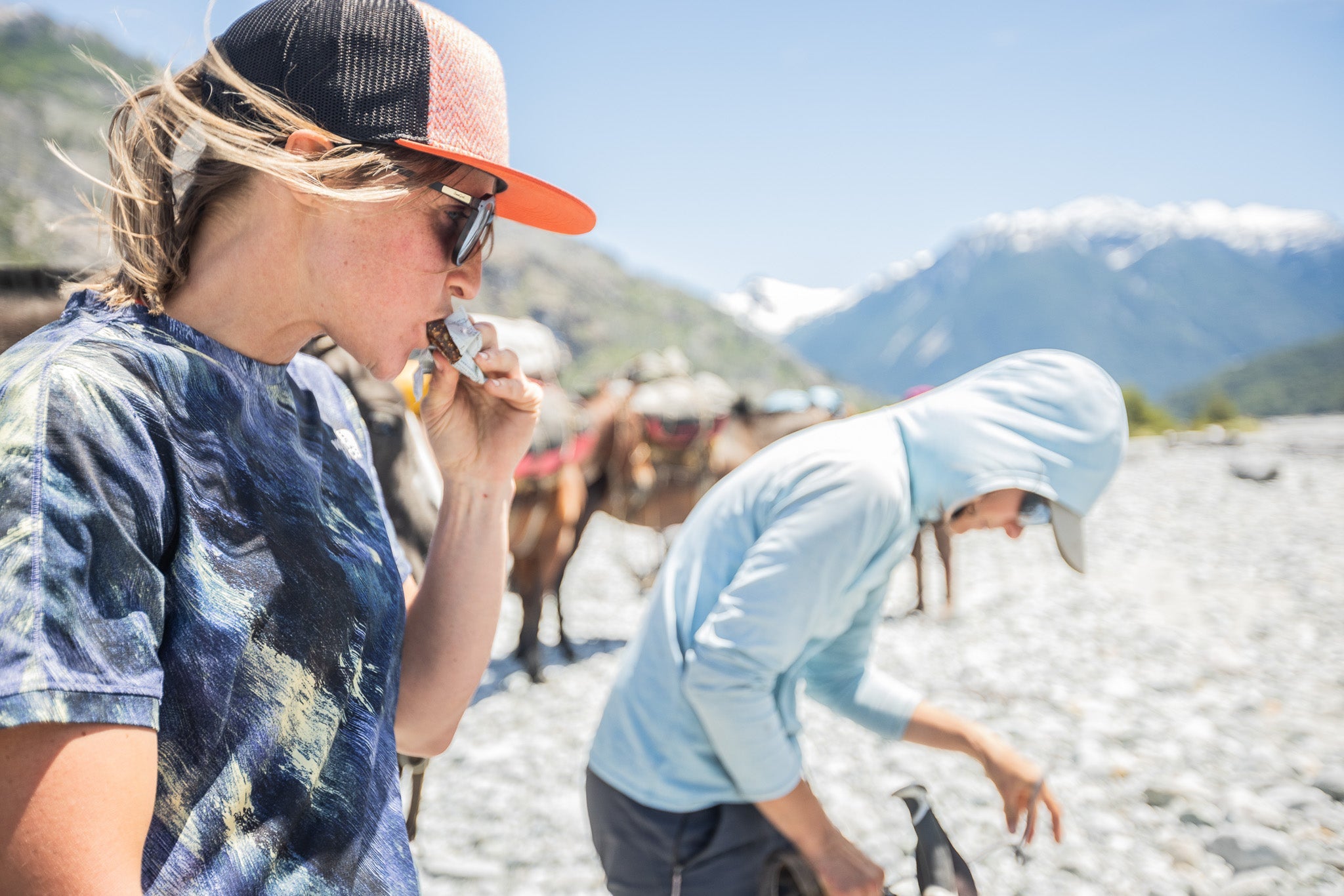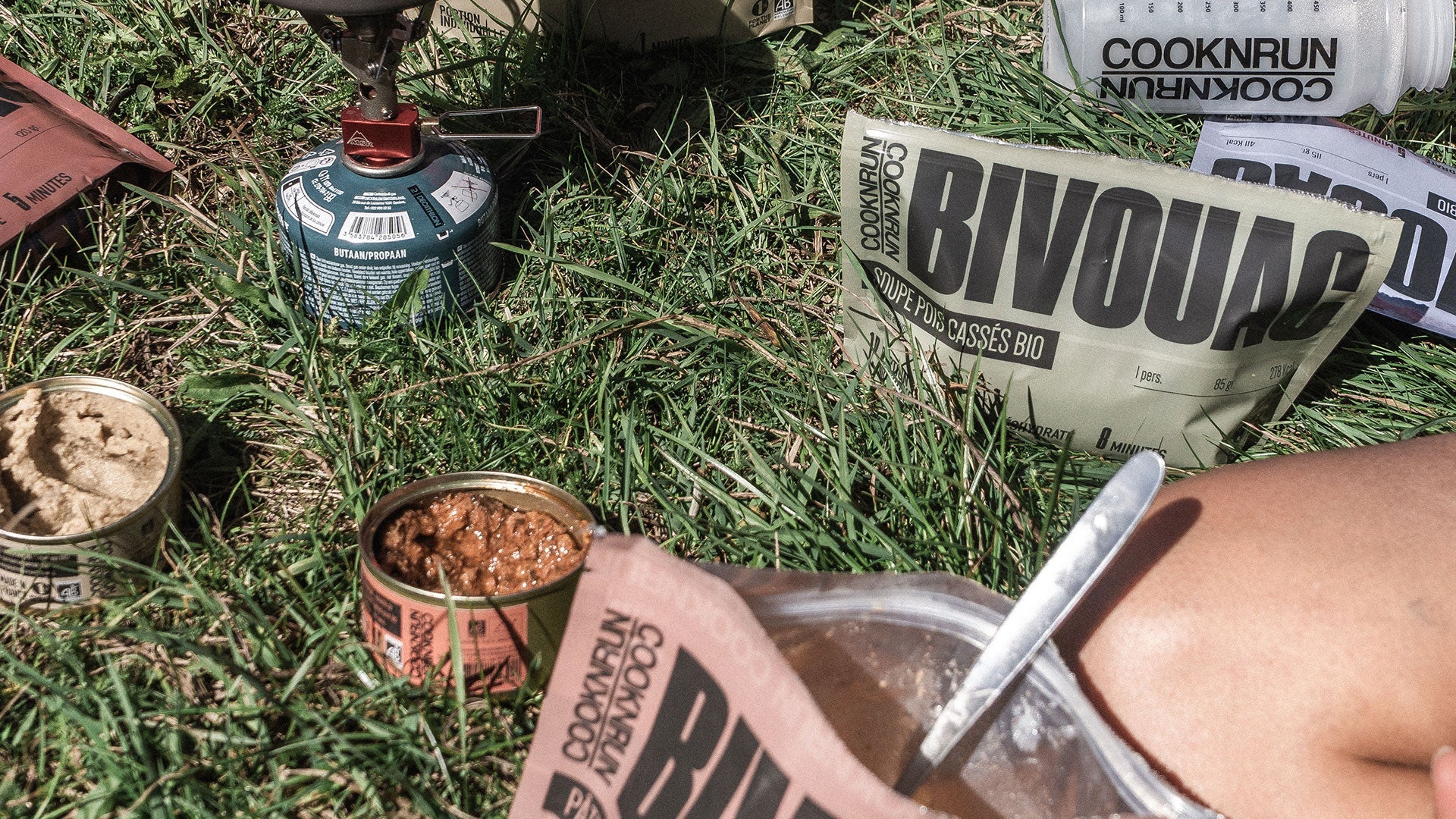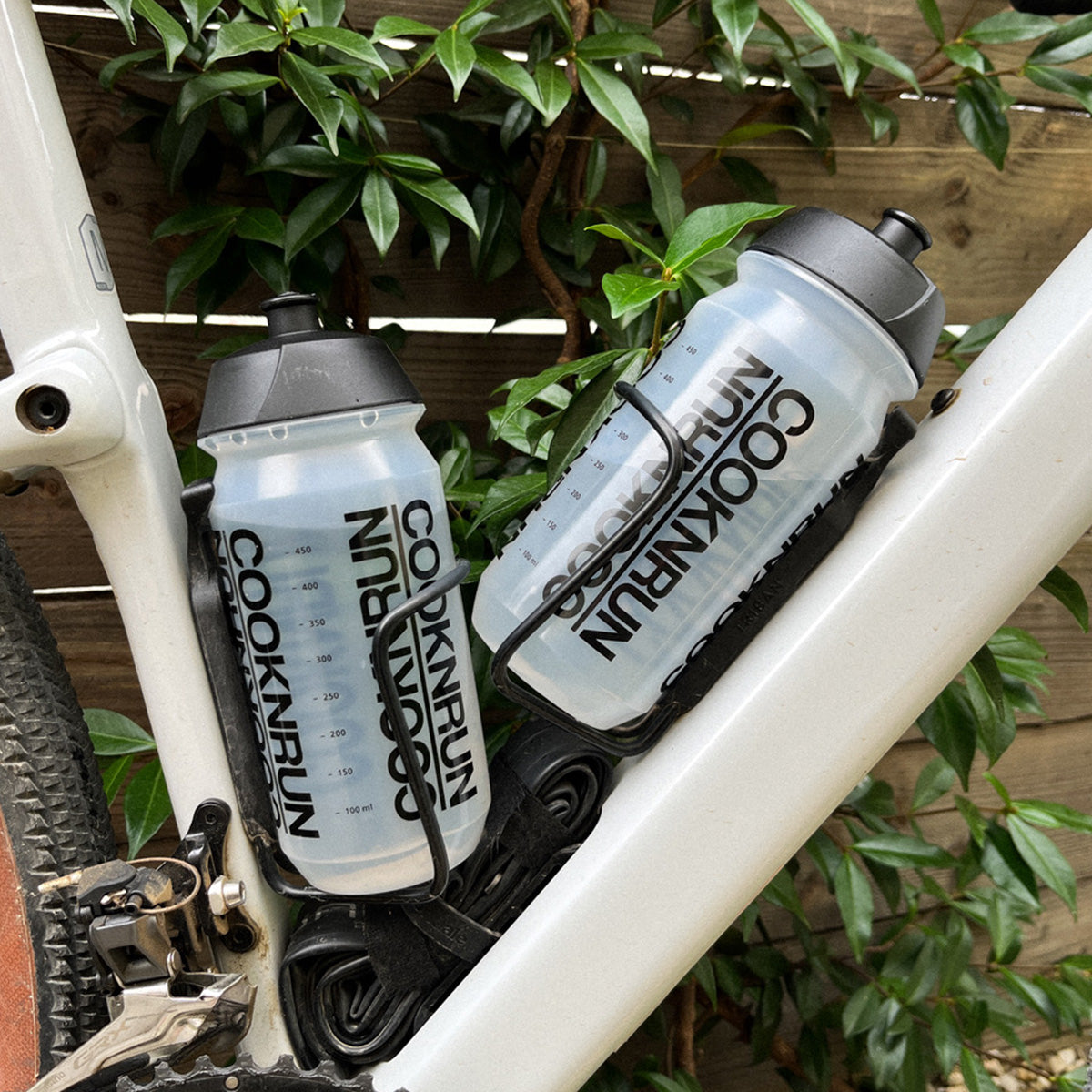Trail running season is a demanding adventure, both physically and mentally. Whether you're aiming for a short trail, an intermediate distance, or an ultra-trail, preparing for your season is essential to achieving your goals, preventing injuries, and fully enjoying each race . In this article, we'll guide you step by step for optimal preparation.
1. Define your goals: the key to lasting motivation 🎯
Set realistic and progressive goals. That's it!
Season planning
Before planning your season, take the time to assess your current level. Ask yourself the right questions:
-
How many kilometers or elevation gain are you able to cover today?
-
What types of races motivate you the most (trail running, mountain, desert, competition)?
Goals should be both ambitious and achievable. For example:
-
If you are a beginner , aim for trails of 10 to 20 km maximum.
-
If you are experienced , you can aim for and plan a long distance trail or an ultra.
Organize your shopping calendar.
It is important to structure your season around three types of events:
-
Preparation races : these are used to test your equipment and your fitness (March to May, for example).
-
Main races: Choose one or two key events where you want to excel.
-
Fun shopping: it allows you to vary your experiences without pressure.
Also plan rest periods after your major goals to avoid overtraining and injury.
2. Build a solid training plan 💪
The key: progressiveness & adaptation
One rule to rule them all: " Your body adapts to the extent that you do not exceed its capacity to adapt."
This fundamental rule is the basis of everything and keep in mind that 90% of injuries come from a problem of adaptation and therefore of progression. A word to the wise ;-)
Vary the types of sessions
A good training plan combines several types of outings to maximize your performance:
-
Basic endurance: long, low-intensity outings to develop your cardio-respiratory capacities.
-
Hill work: climb and descend regularly to strengthen your legs and accustom your body to uneven terrain.
-
Interval training: short, intense efforts to improve your speed and VO2 max.
-
Muscle strengthening: Incorporate core exercises, squats, or lunges to prevent injuries. Don't neglect recovery to stay in good shape!
Frequency of training
Divide your preparation into cycles :
-
Basic phase (winter) : work on endurance and technique.
-
Specific phase (spring) : increase the intensity and simulate your races.
-
Active rest phase (before the main race ): reduce the volume to arrive fresh and motivated.
3. Choose your equipment carefully: comfort above all 👟
The choice of your equipment is crucial for your performance and safety on the trail.
Trail running shoes
-
Select models suited to your terrain type (rocky, muddy, mixed).
-
Test your shoes on several runs before a race to avoid any surprises. Depending on the terrain, a road shoe or a trail shoe will not respond the same way or provide the same comfort. Avoid new shoes !
Clothing and accessories
-
Choose technical and breathable clothing to wick away perspiration .
-
A waterproof jacket is essential for unpredictable weather conditions.
-
Trail poles can be useful on technical trails.
Hydration and nutrition bag
A good hydration pack should be lightweight and practical, with pockets for easy access to your nutrition.
👉 COOKNRUN energy bars are perfect for maintaining your energy throughout your workout, with natural ingredients like dried fruits and nuts.
4. Optimize your nutrition to perform 🍪
Before the effort: build up your reserves
A few days before a race, eat a diet rich in complex carbohydrates to replenish your glycogen stores:
-
Rice, whole-wheat pasta, potatoes.
-
Fruits and vegetables for vitamins and minerals.
On the morning of the race, choose a digestible breakfast:
-
A hot drink, oatmeal, a banana and an energy bar.
During exercise: maintain energy
When trail running, it is crucial to consume regularly to avoid a drop in energy and fatigue:
-
Alternate between gels, bars and energy drinks.
-
Consume approximately 30 to 60g of carbohydrates per hour depending on the intensity of the exercise.
-
👉 Our energy bars provide you with the perfect blend of carbohydrates and protein for long-lasting efforts.
After exercise: promote recovery
As soon as you finish your run, give your body what it needs to regenerate:
-
A protein -rich meal to repair muscles.
-
Fruits and vegetables to restore vitamin and mineral balance.
- Our range of protein bars are rich in protein, essential for repairing and rebuilding muscles after exercise. They are perfect after a long workout or race , ideal for optimizing your recovery .
5. Take care of your mind to push your limits 🧠
Trail running is as much a mental sport as it is a physical one. Depending on your running profile, your years (or weeks) of experience, and your fitness...
Managing difficult times
During an ultra-trail or a demanding race, it's normal to experience moments of self-doubt. Adopt mental strategies to stay motivated:
-
Break the distance into smaller steps.
-
Set micro-goals (reaching the next supply point, for example).
Enjoy every moment
Trail running is also an opportunity to reconnect with nature and savor every moment, whether it's a spectacular panorama or the simple pleasure of running.
6. Test before you go: the essentials to avoid surprises ✋
Leave nothing to chance: test everything before your main race.
-
Your equipment : shoes, bag, clothes.
-
Your nutritional strategy : food, hydration.
-
Your running pace : learn to manage your efforts well.
These tests will allow you to leave with confidence on the big day.
Prepare, run, enjoy 🥰
Proper preparation is the secret to a successful trail season. By following these steps—clear goals, structured training, the right gear, optimized nutrition, and a steely mindset—you'll be ready to take on any challenge, from local races to mountain ultra-trails. Good luck!











